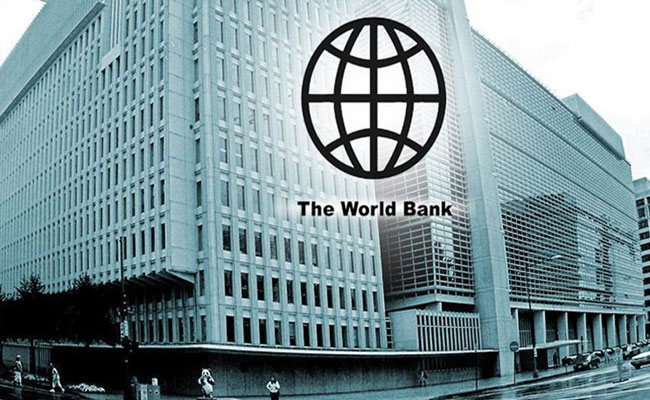Transboundary solutions important to curb air pollution in South Asia: World Bank
Sakshi Education

- Concentration of fine particulate matter such as soot and small dust (PM 2.5) in some of South Asia’s most densely populated and poor areas are up to 20 times higher than WHO standard of 5 microgram per cubic metre, says a World Bank report on air pollution released in Dhaka on Tuesday. It says South Asia is home to 9 of the world’s 10 cities with the worst air pollution, and Dhaka is one of them.
- The report ‘Striving for Clean Air: Air Pollution and Public Health in South Asia’ says air pollution is responsible for about 20 percent of the total premature deaths in Bangladesh. In South Asia, it causes an estimated 2 million premature deaths each year and incurs significant economic costs.
- Highlighting the trans-boundary nature of air-pollution, World Bank Director for Regional Integration for South Asia Cecile Fruman said South Asian Countries in the same airshed-common geographical areas that share the same air quality-can reduce the alarming level of air pollution only if they take a coordinated approach. By working together countries can get results better, faster and cheaper.
- The World Bank report recommends coordinated transboundary actions. It urges policy makers to go beyond focussing on power plants, large factories and transportation to include small manufacturing, agriculture, residential cooking, and waste management to reduce PM 2.5 concentration across South Asia.
March Weekly Current Affairs (Economy) Bitbank: What is India’s per capita income as of 2023?
>> Download Current Affairs PDFs Here
Download Sakshi Education Mobile APP

Published date : 29 Mar 2023 04:20PM




















